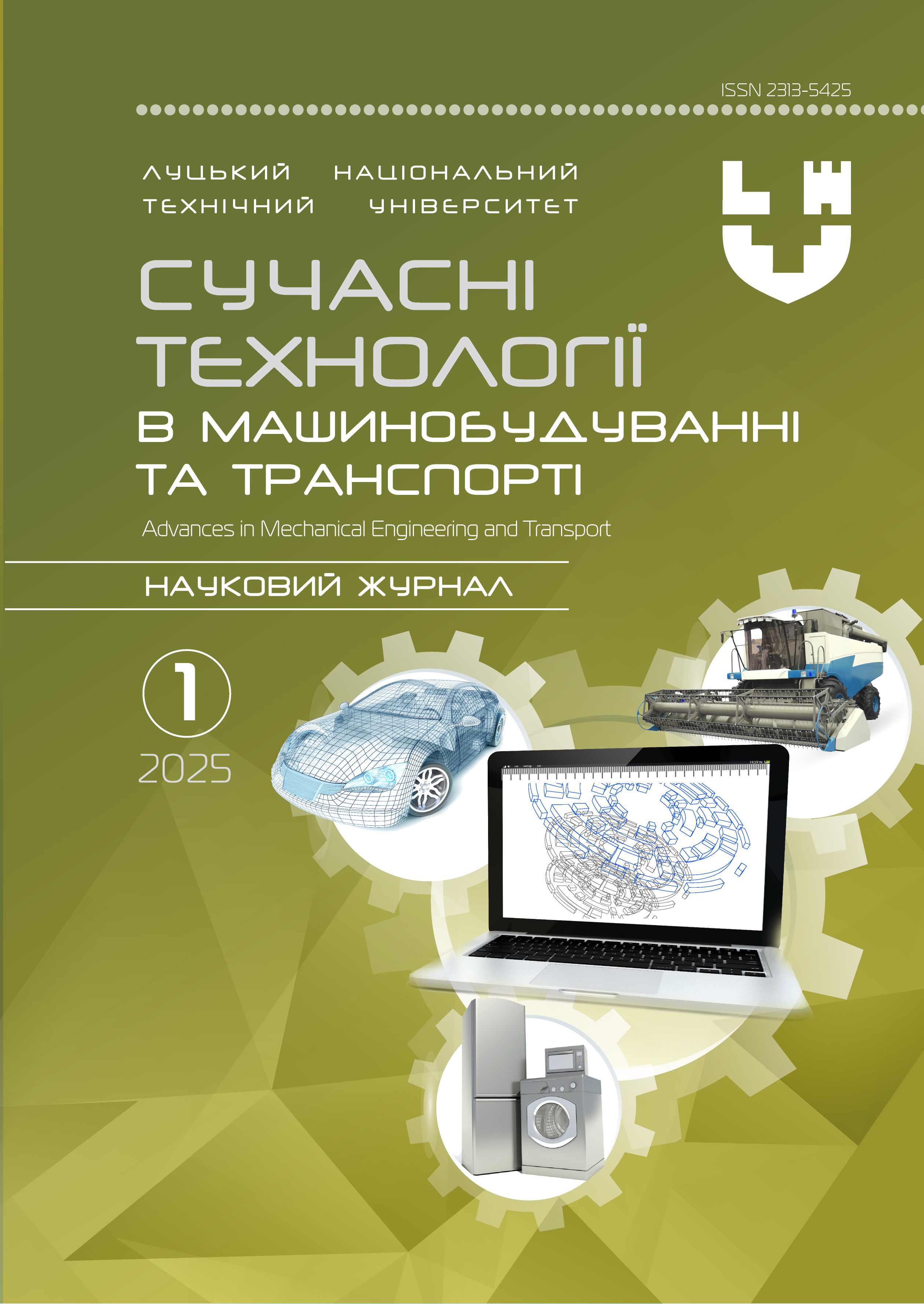Review of modern vibroacoustic noise control methods for diesel engines with the aim of their further use in engine оperation simulation
Abstract
This article examines the potential use of various vibroacoustic signals for fault detection in parametric diagnostics of internal combustion engines (ICE). A review of previous research indicates that most studies focus on identifying the type of fault but do not determine the root cause of the malfunction. Moreover, they do not provide a comprehensive description of the physical mechanisms responsible for noise and vibration generation during the diagnostic process.
This paper presents a brief description of the sound and vibration generation mechanisms that occur directly during the engine’s operation. These mechanisms, in turn, can be used as key parameters for diagnostics and assessing the technical condition of both individual components and the engine as a whole. A review of modern fault detection and diagnostic methods based on the vibroacoustic approach is provided. These methods analyze parameters such as noise and vibration, which are among the key indicators for this technique and yield more accurate and objective results compared to other widely accepted diagnostic methods.
The study describes various types of faults that can be detected using the vibroacoustic method and their direct impact on ICE performance. Given the need for rapid identification of fault type and nature, the data presented in this paper can serve as a basis for developing models, establishing necessary input parameters, and further simulating engine operation in the Ansys CAE environment. The mathematical analysis methods provided in the study define key parameters influencing diagnostic accuracy and, consequently, the effectiveness of defect detection, regardless of engine type, fuel type, or the presence of electrical components in the basic engine control system. This makes the proposed approach a universal and effective tool for solving diagnostic challenges.
Considering the wide variety of control systems and degrees of electrification in ICEs, the universality of the proposed method simplifies and addresses numerous technical issues. The analysis of noise and vibration conducted in this study plays a crucial role in determining the root cause of various faults. Due to technological clearances in component couplings, cyclic load variations in direction and application point, imbalance, and the lack of compensation for certain mechanical components, ICE components inherently generate noise and vibrations. Therefore, it is essential to identify the sources of these vibrations to prevent failures of individual components and the system as a whole.
Keywords: Diesel engine, modal analysis, engine acoustics, signal processing, diagnostics, simulation, durability, CAE systems.




